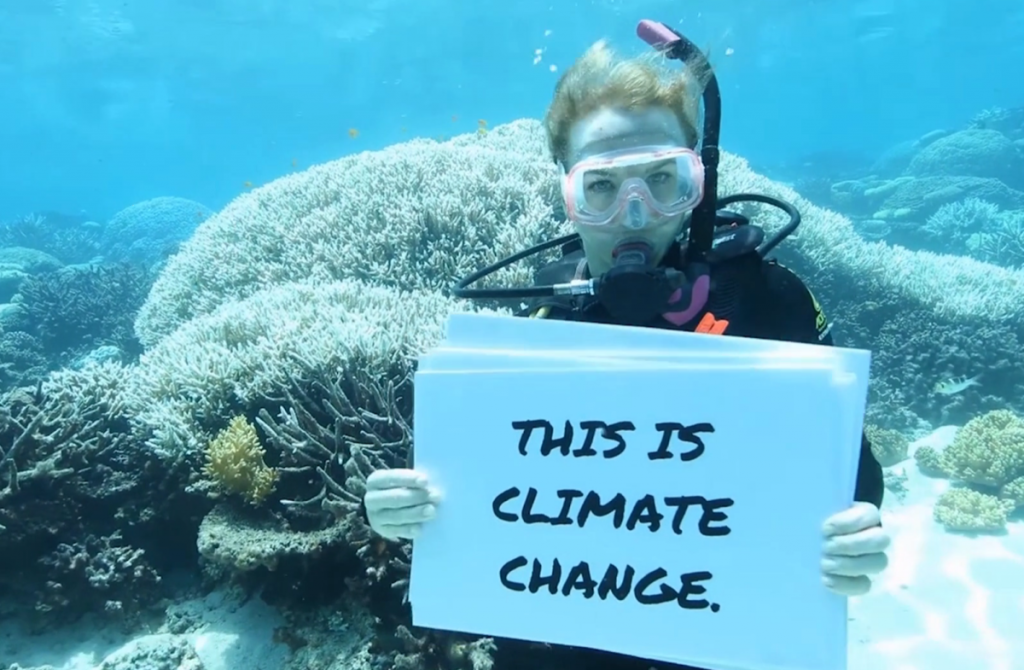The Great Barrier Reef, which stretches just under 1500 miles along the north coast of Australia, is home to over 9000 known species and provides roughly 64,000 jobs to the local area. Its importance to the way we live is significant as the Great Barrier Reef helps reduce carbon emissions, provides a valuable source for scientific research if managed carefully and also protects species that are exploited for food.
However, since the end of the 20th century, the Great Barrier Reef has lost over half of its coral reefs due to an increase in global temperatures causing a process called coral bleaching.
Coral bleaching occurs when the symbiotic algae (which sustain light and produce energy) within the structure of the coral are ejected out into the ocean, causing the coral to lose its colour. Despite its ability to regain its lost algae, its growth is extremely slow and is unable to completely recover from its damage, leading to a decline in biodiversity as well an increase in carbon emissions and coastal erosion.
But don’t panic!
To keep the national treasure off the UN endangered list, the Australian prime minister (Scott Morrison) has announced he’s donating $1 billion dollars in efforts to conserve and restore the Great Barrier Reef, protecting thousands of livelihoods and $6.4 billion in tourism dollars which originates from the reef’s economy.
The money will be managed by the Great Barrier Reef Marine Park Authority over the next decade and will be delivered through local communities and industries in order to improve water quality and encourage further development of scientific research. In addition, roughly $250 million will be put towards coral restoration and preventing illegal fishing, hoping to encourage life that had disappeared back to its home.

